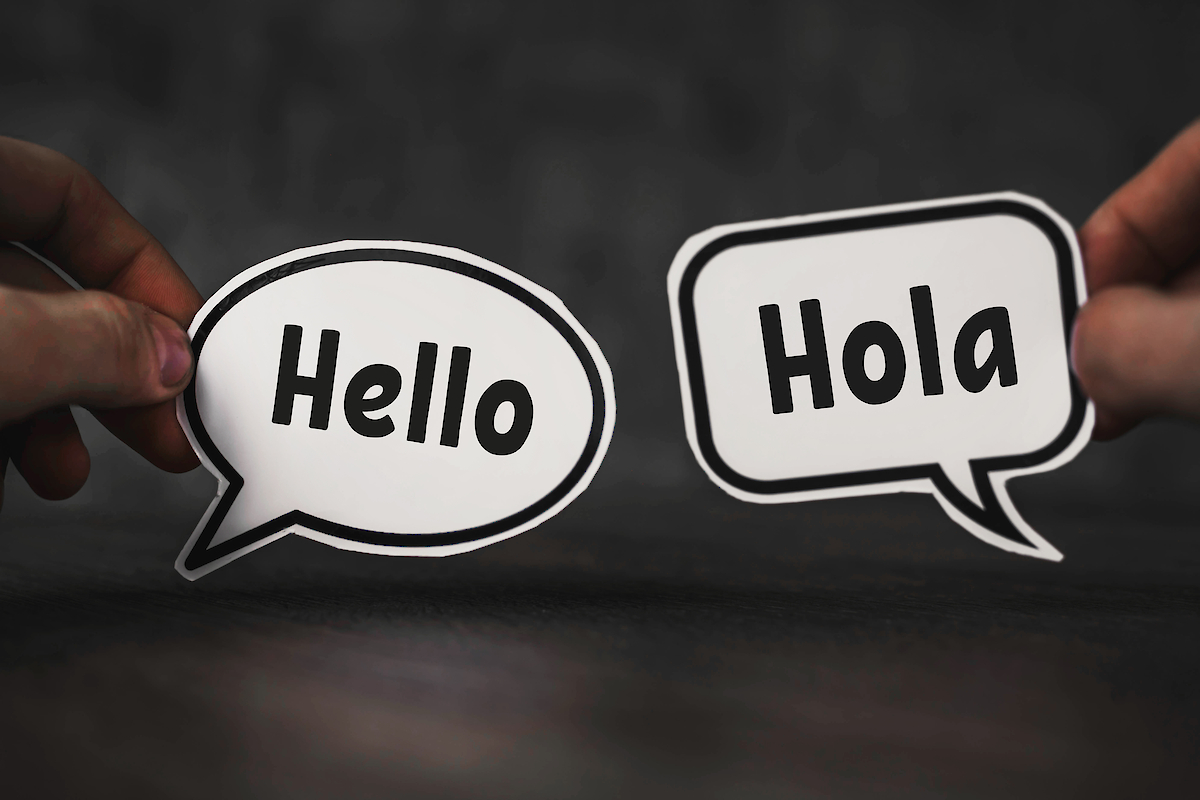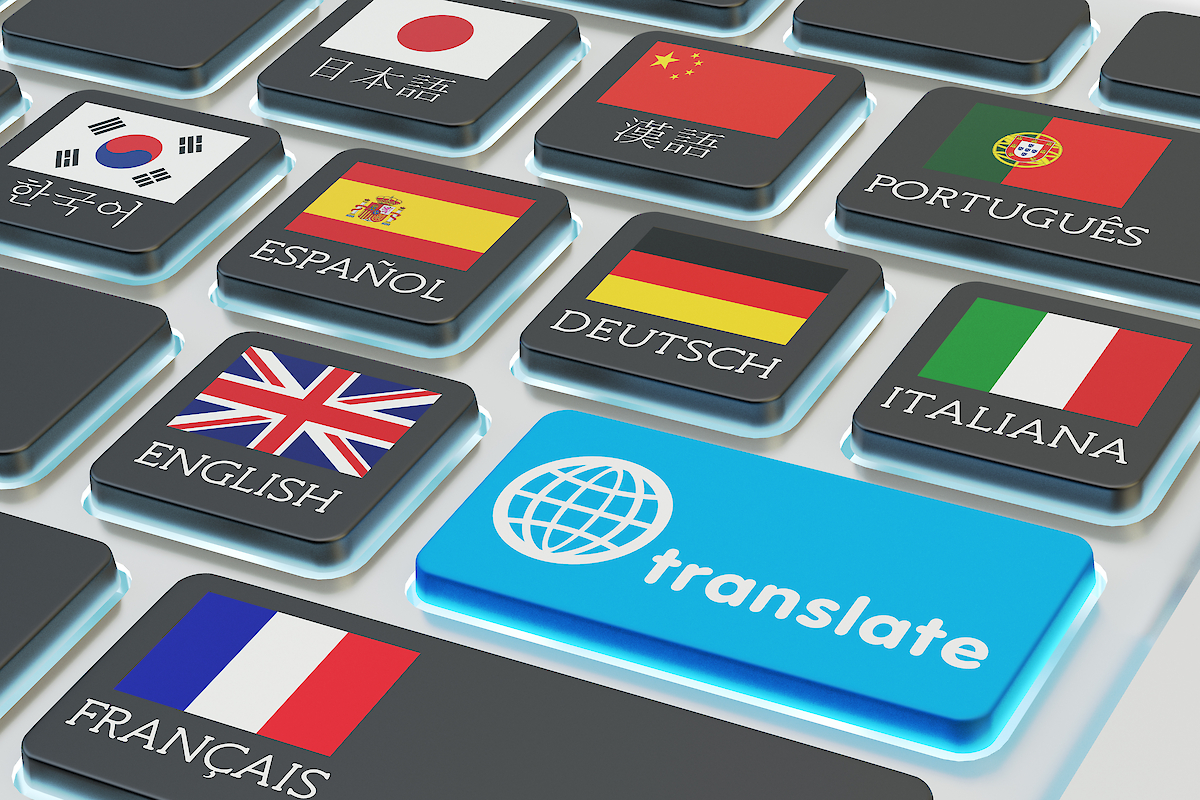The Ultimate Guide to Spanish-English Caption Translation
news / the-ultimate-guide-to-spanish-english-caption-translation | Previous Post Next Post
Spanish-English Caption Translation: Breaking Language Barriers
Closed caption translation is essential in making videos or films accessible to audiences that speak another language. It enhances inclusivity and improves the user experience for viewers who are hard of hearing or deaf. However, achieving accurate and effective closed caption translation can require more than using a random machine translation tool, as not all will translate the same way. This article will provide tips and tricks to ensure successful closed caption translation, specifically translation from English to Spanish.
To achieve successful closed caption translation, it is vital to understand the fundamental differences between English and Spanish. These differences include grammar rules, vocabulary, and syntax. English typically places adjectives before nouns, whereas Spanish places them after nouns. This is why translating word for word doesn’t make sense. You often need the entire phrase or sentence before processing an accurate translation. Recognizing these distinctions can assist in producing effective translations.
Adding Variety to Idiomatic Expressions Translation
Idiomatic expressions, such as “it’s raining cats and dogs,” can be difficult to translate since their meaning may not be apparent to non-native speakers. These phrases have a different meaning than the words that form them. To ensure accurate translations, it's crucial to understand the context in which they are used and find equivalent expressions in Spanish while adding variety to sentence structure.

Selecting the Appropriate Terminology
Translating specific terminology may pose a challenge since some words or phrases may not have an equivalent in Spanish. This is most evident in content that uses slang words or technical terms that don’t translate. In such instances, selecting the most appropriate term or phrase in Spanish and providing context to guarantee precise translation is important.
Adapting Closed Captions Format for Spanish
Translating closed captions into Spanish requires more than merely substituting the words. Spanish has different punctuation rules than English, so adjusting the formatting is essential. For example, Spanish words have accented letters that can change the word itself when the accent is present in one word versus another. Ensuring the captions include these specialty characters is important in ensuring high accuracy and comprehension.
Thorough Editing and Reviewing of Translations
For post-production content, editing and reviewing the completed translated transcript before publishing are critical steps to ensure the accuracy of the final product. Even minor mistakes can alter the meaning of a sentence or phrase, so it's important to double-check your work. It's also beneficial to have a native Spanish speaker review your translations to ensure accuracy, if possible.
For live content, ensuring 100% accurate captions and translations can be more challenging. Making sure the audio is clear can make a massive difference in the quality of your captioning, whether you are using a human captioner or an automated system. An audio-video delay can also provide the captioner or system more time to process the translated content. Once the live program is complete, you can review the translated transcript for accuracy for future airing and archival.
How to Broadcast the Translated Captions?
For television broadcasts, caption data is processed through data channels. Although there are 4 data channels for captioning CC1-4 in 608, it is our recommendation and standard practice for 608 captioning to have English captions on CC1 and Spanish captions on CC3.

Are There Limitations on What Languages I Can Translate?
Yes, the languages you can create caption data for are limited. For the most part, you can caption any Latin-based language (English, Spanish, French, Italian, etc.). Languages that are character based, such as Mandarin, Arabic, Japanese, and Korean, are not currently supported for television broadcast captioning as the devices that are required to read the caption data are not compatible in the United States.
While captioning is more limited in these languages, subtitles can be a good replacement in some but not all cases. Subtitles will not work for live events; they are for post-production content only.
How Link Electronics Can Help?
The ACE system from Link Electronics can accurately caption and translate live and post-production content. The ACE can caption in more than 15 languages and can translate from English to Spanish and Spanish to English without needing to connect to the internet. The ACE can connect with Amazon Translate API or Google Translate API to provide translated captioning or subtitles for other languages.
If you have questions about how to translate your content or how to provide fast, reliable captioning, contact us today!